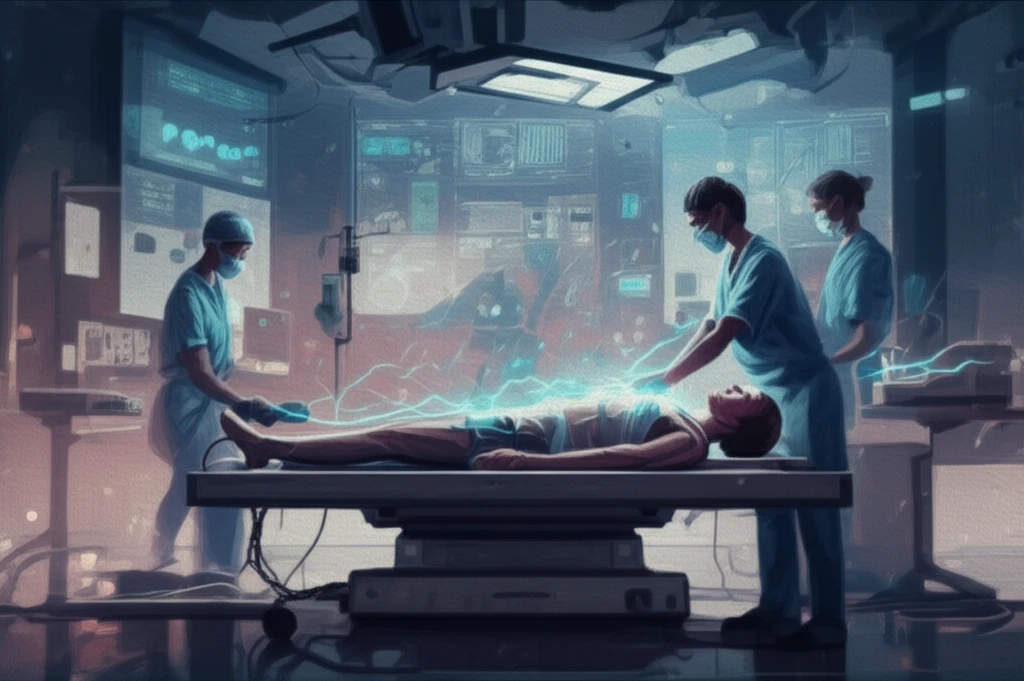
CPR Training: Are Medical Students Prepared to Save Lives?
"A new study reveals gaps in cardiopulmonary resuscitation training for future doctors. Learn how to improve preparedness and confidence in emergency situations."
Sudden cardiac arrest (SCA) is a leading cause of death globally, underscoring the importance of immediate and effective cardiopulmonary resuscitation (CPR). CPR's role in sustaining life until advanced medical care arrives is undeniable. The effectiveness of CPR directly influences survival rates.
In many countries, including Turkey, physicians are legally obligated to administer CPR when needed. This legal responsibility highlights the necessity for thorough and practical CPR training during medical education. However, the question remains: are medical students adequately prepared to fulfill this critical role?
A recent study investigated the preparedness of last-year medical students regarding CPR. The research delved into their training experiences, confidence levels, and perceived competence in handling cardiac arrest scenarios. The findings reveal significant gaps and opportunities for improvement in CPR education.
Assessing CPR Training: What the Study Reveals

The study, conducted among 255 final-year medical students, highlighted several key issues in CPR training. A significant 84% had received theoretical or hands-on practical training (HOPT). Despite this, a concerning number felt unprepared to handle real-life cardiac arrest situations. Only 62.2% of students with theoretical training and 45.6% with HOPT felt their training was sufficient.
- Theoretical vs. Practical Training: Many students receive theoretical training but lack sufficient hands-on experience.
- Confidence Levels: A large percentage of students feel incompetent in performing CPR, especially in out-of-hospital settings.
- Experience Matters: Students who have encountered real CPR scenarios are more likely to feel confident, but the overall rate remains low.
The Path Forward: Enhancing CPR Education
The study's findings prompted significant changes in the curriculum. Anesthesiology rotations now include mandatory CPR training for fourth-phase students, ensuring more comprehensive preparation. Repeated practical training is essential for increasing confidence and competence in performing CPR effectively. Continuous improvements in medical education are vital for equipping future physicians with the skills needed to save lives during cardiac arrest.
